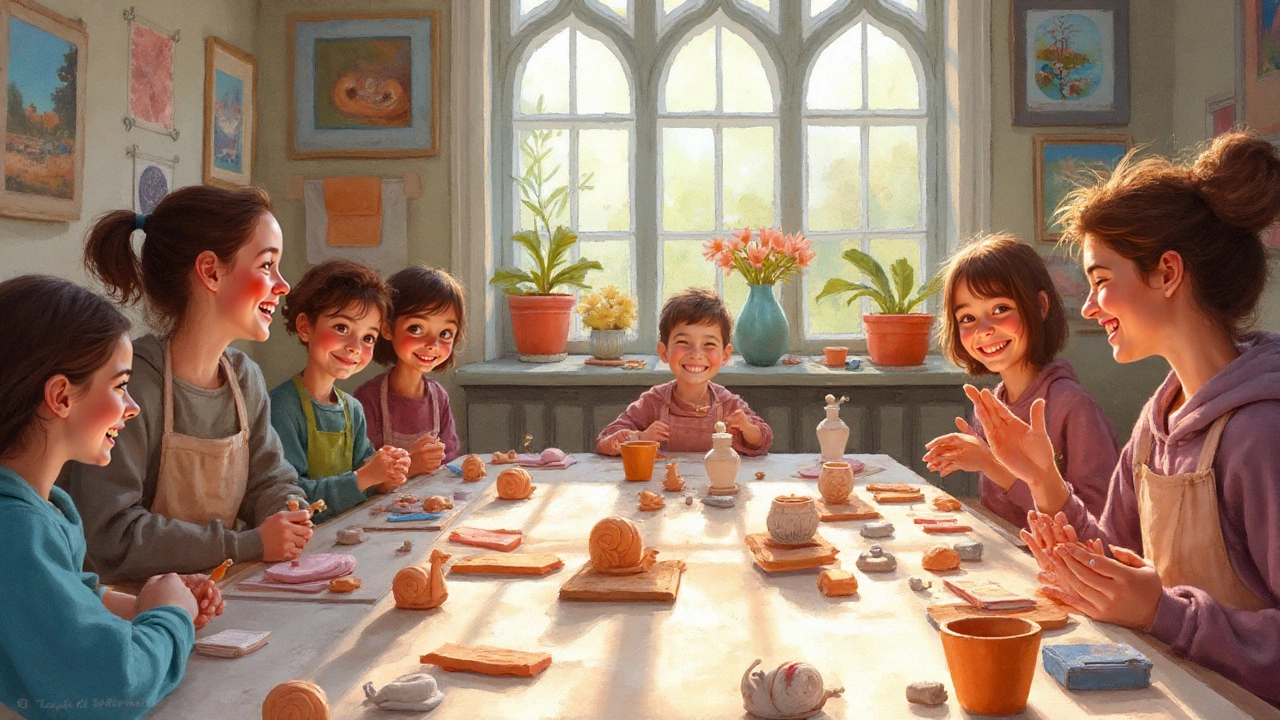Beginner Sculpture: How to Start Without Breaking the Bank
If you’ve ever wanted to shape something with your hands but thought the cost was too high, you’re not alone. Sculpting can feel pricey because people picture marble blocks or pricey bronze casts. The good news? You can begin with items you already have at home or buy cheap supplies from a local craft store. This guide shows exactly what to use, what tools you really need, and a quick workflow to get your first piece off the ground.
Cheap Materials You Can Use Today
Start with the stuff that costs next to nothing. Air‑dry clay is a favorite because it hardens on its own and doesn’t need a kiln. A 2‑kg bag from a hobby shop costs under £5 and gives you plenty of time to model. Plaster of Paris works well for larger forms; mix it with water, pour into a simple mold, and you have a solid piece in minutes. If you prefer something reusable, try Aluminum foil wrapped around a cardboard core – great for armatures that hold up softer materials.
Don’t overlook recycled items. Old plastic bottles, broken toys, or scrap wood can become the base of a sculpture. Cut, sand, and glue them together with a strong bonding glue (like PVA or a cheap epoxy). You’ll add texture and bulk without spending a penny.
When you’re ready to finish, a thin layer of gesso or diluted acrylic paint gives a professional look. Both are inexpensive, and a small bottle lasts for many projects.
Simple Steps to Start Your First Sculpture
1. Sketch your idea. A quick drawing helps you see the shape and decide where to add support. You don’t need fancy tools – a pencil and a scrap of paper do the trick.
2. Build an armature. Use wire, coat hangers, or the foil‑cardboard combo mentioned earlier. This skeleton holds the weight of your material and prevents drooping.
3. Add bulk. Apply air‑dry clay or plaster around the armature. Work in layers, letting each thin layer dry a bit before adding more. This prevents cracks and lets you shape details gradually.
4. Shape details. Use simple tools – a spoon, an old toothbrush, or even your fingers. Carve, smooth, and refine until the form looks right to you.
5. Dry and finish. Let the piece dry fully (usually 24‑48 hours for clay). Sand rough spots, then paint or seal with gesso. Your sculpture is ready to display.
Remember, the biggest barrier is often the belief that you need expensive supplies. By starting with cheap or recycled materials, you can experiment freely and discover what style you enjoy. As you get more confident, you can upgrade to finer clays or professional tools, but the basics stay the same – a solid armature, a workable material, and a steady hand.
Ready to get your hands dirty? Grab a bag of air‑dry clay, a piece of cardboard, and start shaping. The only thing you’ll need beyond that is a little patience and the willingness to try. Happy sculpting!

6 Aug 2025
Curious about the easiest things to sculpt? Get tips, tricks, and beginner-friendly projects that make sculpture simple, fun, and surprisingly rewarding.
Continue reading...

17 Mar 2025
Creating a simple sculpture is a rewarding experience that combines creativity and craftsmanship. This article offers step-by-step guidance on choosing materials, understanding basic techniques, and adding personal touches. Learn to transform everyday items into artistic pieces with a few easy steps. Whether you're a beginner or looking for a fun project, this guide provides practical insights and tips. Discover the joy of artistic expression with sculpture.
Continue reading...

